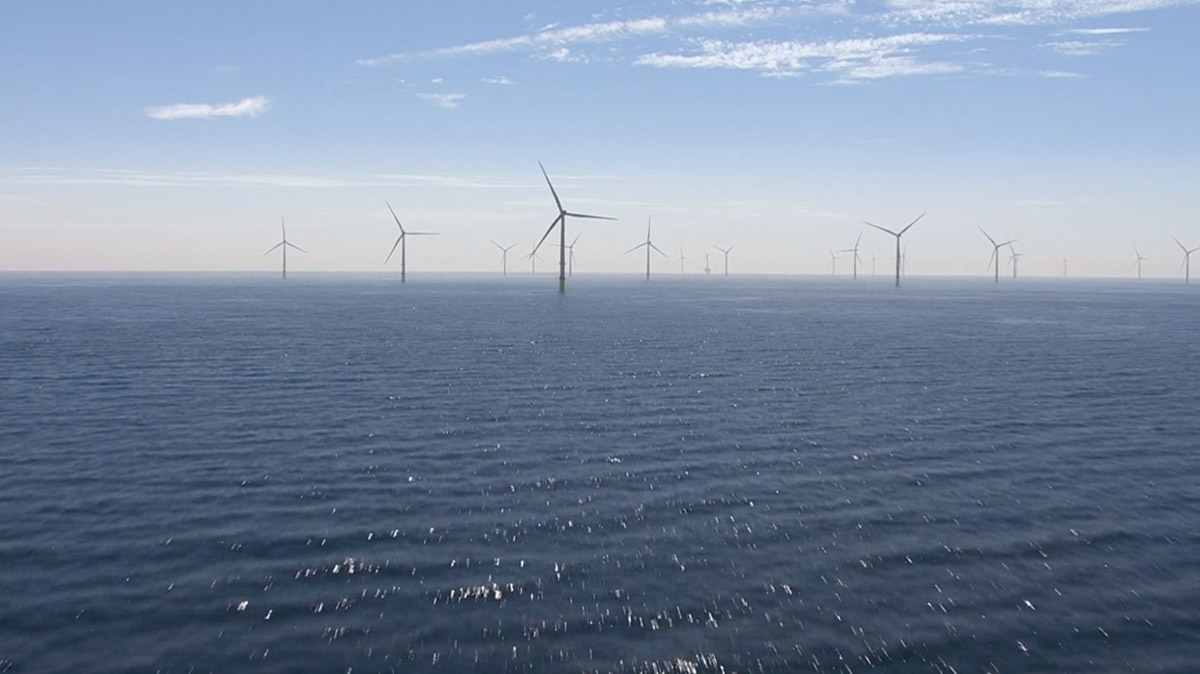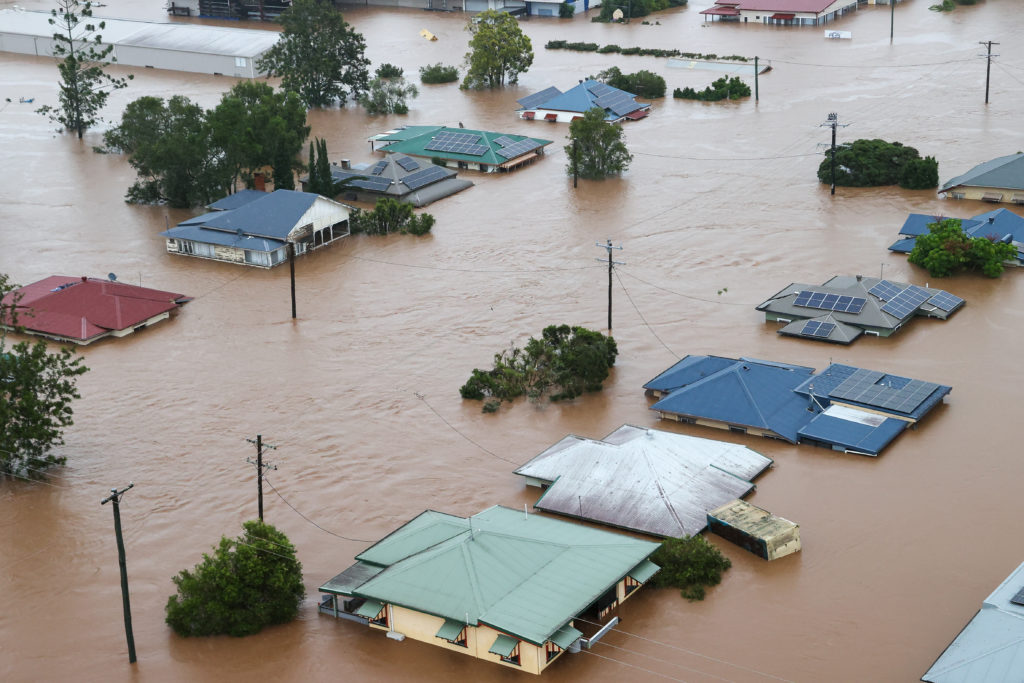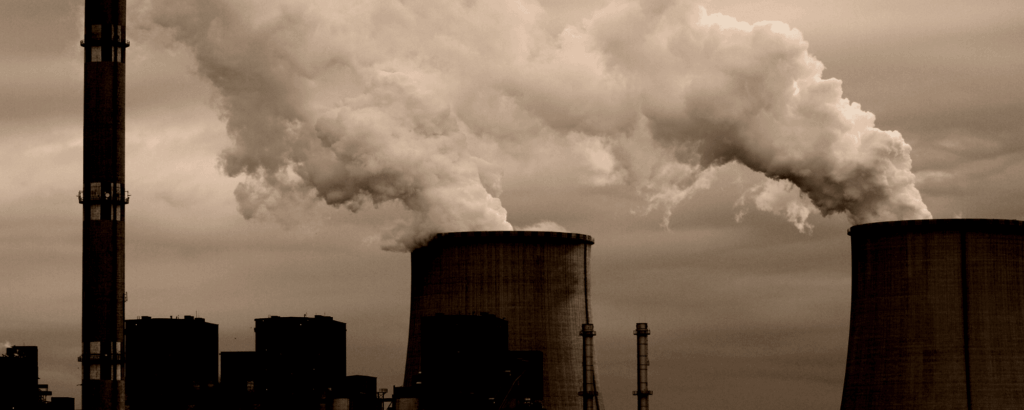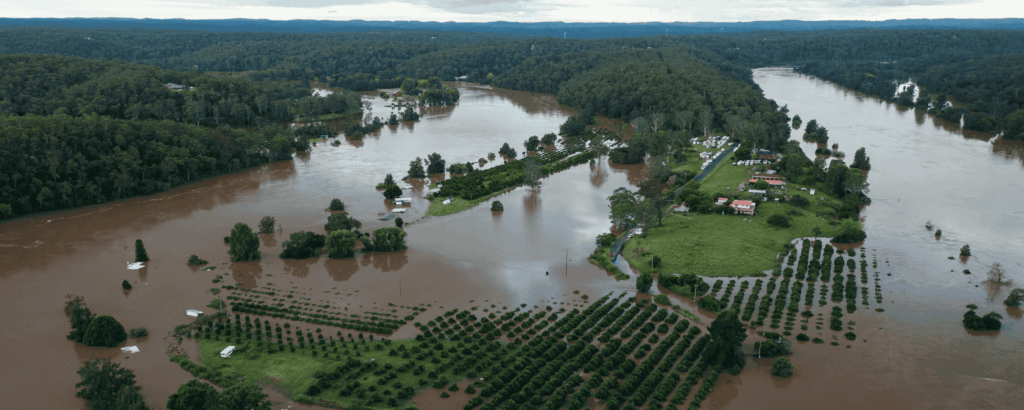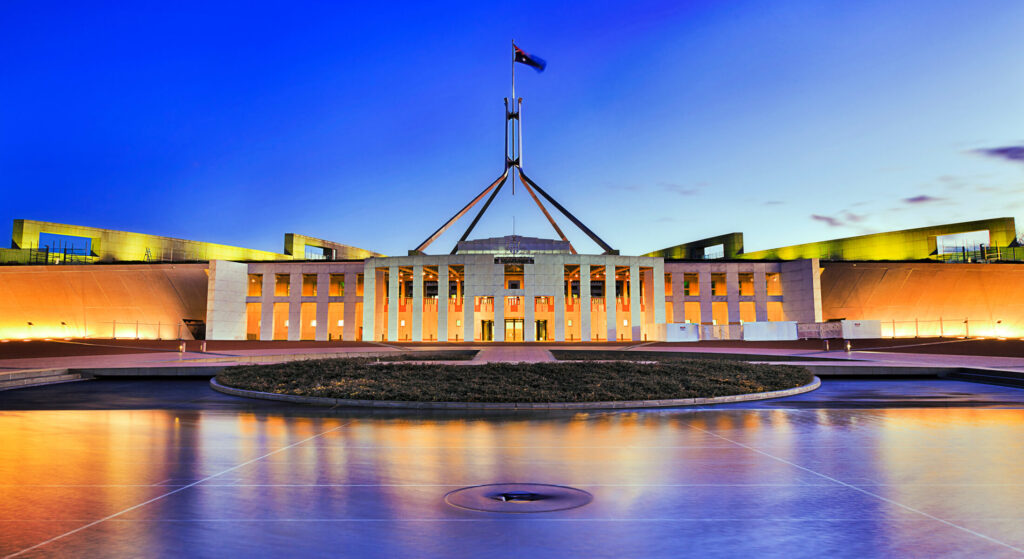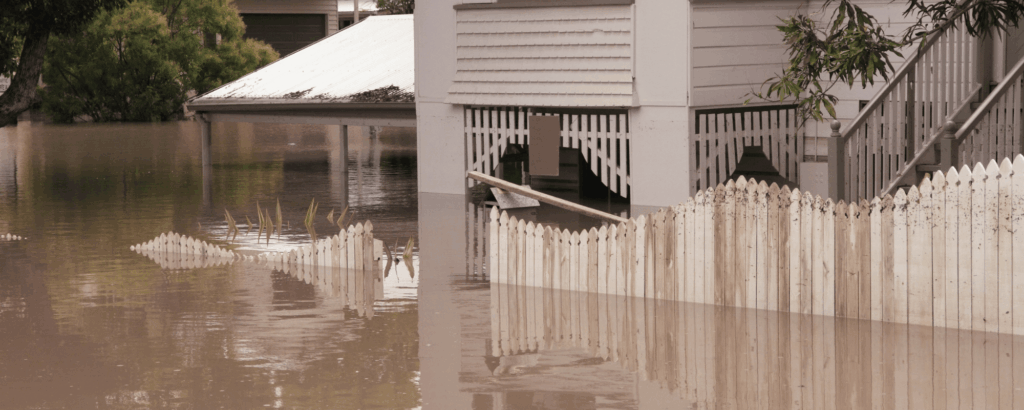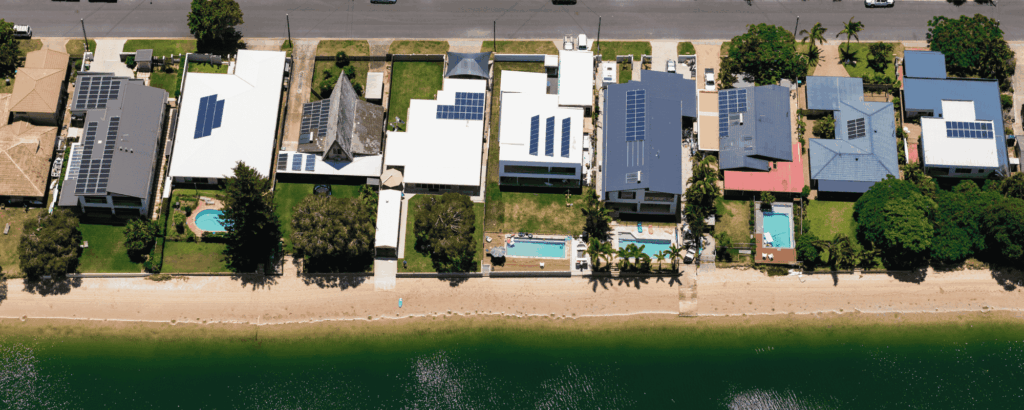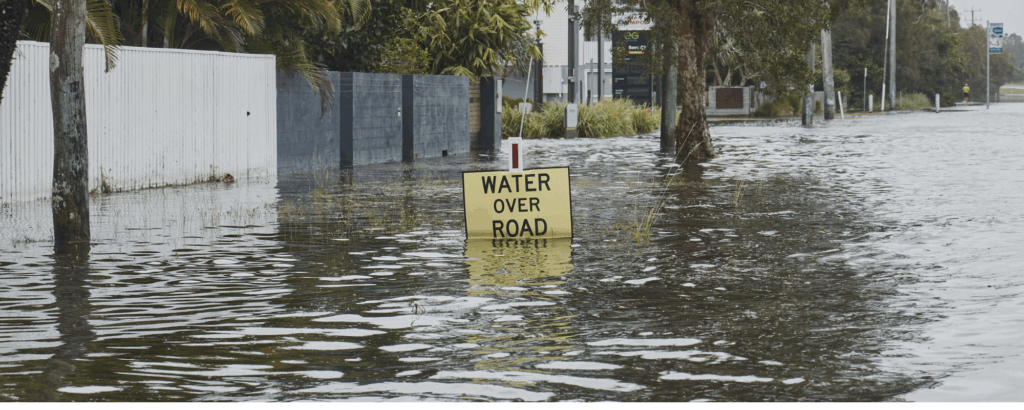What is offshore wind and what’s in it for Australia?
Offshore wind power is the energy taken from the force of winds out at sea, captured by wind turbines, and supplied into the electricity grid via an undersea cable to power homes and businesses. Like onshore wind and solar, it’s a form of renewable energy, and can provide clean, reliable and more affordable power.
Thanks to the strong and consistent winds at sea, Australia has significant potential to generate vast amounts of clean, reliable power with offshore wind. If all the current proposed offshore wind farms were built, their combined energy capacity would be greater than all of Australia’s coal-fired power stations. Importantly, offshore wind projects will also create new, ongoing employment opportunities for coastal communities and boost Australia’s economy.
Four key facts about the benefits of offshore wind in Australia.
1. Offshore wind generation can play a valuable role in our grid by making the most of the strong and consistent winds at sea
There’s huge potential for the offshore wind industry in Australia, as our wind resources are among the world’s best, up there with the North Sea between Britain and Europe (one of the world’s leading offshore wind regions). Offshore winds are stronger and more consistent than onshore winds, meaning the energy generation capacity of offshore wind is greater and more reliable than onshore, and turbines can be much larger – making their generation capacity enormous.
There is enough wind potential just off Australia’s shores to power our entire electricity grid several times over. If all the offshore wind farms being proposed are built, they would collectively be capable of producing more energy than all of Australia’s remaining and ageing coal-fired power stations. A combination of onshore and offshore wind, together with solar, batteries and pumped hydro will provide a diverse mix of generation and storage to power us reliably around the clock as our ageing, unreliable fleet of coal-fired power stations retire.
2. Offshore wind will create new opportunities for our communities and economy as we phase out fossil fuels
If we embrace the offshore wind industry and start building large projects in the next few years, we could boost Australia’s economy by up to $15.2 billion. Offshore wind projects could create up to 4000 construction jobs, and more than 7500 ongoing operations and maintenance roles will provide new regional employment opportunities. At its peak, the industry could employ up to 17,000 Australians.
Many of the jobs and economic opportunities would be created in regional areas that already have major energy infrastructure and a skilled workforce. Around 70 per cent of traditional power generation sector workers and 90 per cent of maritime industry workers already have core skills needed to work in offshore wind, and can switch to jobs in offshore wind with minimal training.
Due to its scale, offshore wind can help provide more affordable energy for existing manufacturing, and could help attract private investment in related industries such as renewable hydrogen and local wind turbine manufacturing. There are also opportunities to co-locate blue economy industries such as aquaculture, green hydrogen development and tourism alongside offshore wind farms.
As with any development, due consideration needs to be given to the location of offshore wind projects. This needs to be done in close consultation with local communities, with any environmental impact minimised. Genuine consultation is essential, and sharing the ongoing benefit of such development with local communities is best practice.
3. The costs of offshore wind are falling as technologies and economies of scale improve
The costs of offshore wind projects are falling globally due to technological development and economies of scale as the offshore wind industry booms. In Australia, the capital costs for offshore wind projects have fallen from more than $7000 per kilowatt-hour (kWh) in 2018, to under $5000 in 2024, far less than new gas and coal projects when taking into account the carbon capture and storage infrastructure that would be required to meet national and state climate pollution targets. As Australia’s offshore wind industry develops, costs are expected to continue to fall. In the UK, investment in offshore wind has driven rapid cost reductions for projects, with prices in 2022 70 per cent lower than they were in 2015.
4. Building offshore wind is leaps and bounds better for ocean wildlife than polluting fossil fuels, especially offshore gas and oil
There are lots of false claims about the negative impacts of offshore wind circulating online, perpetuated by bad actors. In reality, scientists across the board agree that the biggest threat to whales and our oceans is climate change that’s fuelled by the burning of coal, oil and gas. Scientists have also confirmed that there is no evidence to link whale stranding or deaths to offshore wind energy development.
However, like any development, offshore wind projects can have environmental impacts. Many of these impacts can be mitigated or avoided with appropriate consultation and project design, and offshore wind farms can even have ecological benefits, such as artificial reef and refugia creation, which support biodiversity. In contrast, seismic blasting carried out for offshore oil and gas projects is extremely loud and can deafen whales and kill their primary food source, plankton, as well as harming other marine life. Offshore wind surveys are much, much quieter, because they’re just mapping the sea bed, rather than under the ocean floor as is required for fossil fuel extraction.
Up to 94 per cent of a wind turbine’s components, primarily metals, can be readily recycled using existing infrastructure in Australia. More research and development is needed to scale up solutions to recycle parts of turbines that are currently more challenging to recycle, but some trials have already proven successful. Wind turbine blades have been successfully recycled to make concrete, surfboards and even pairs of shoes. Some turbine manufacturers are also developing blades that are more recyclable.
“Climate change caused by the burning of fossil fuels is the biggest threat to Australia’s oceans, and it’s already having devastating effects. To protect that life as well as the livelihoods and cultural values of our oceans, we really need to shift to renewable energy right now, as fast as we can.”
– Samantha Vine, Australian Marine Conservation Society
What do Australian communities think of offshore wind?
Polling has shown that 60 per cent of Australians support offshore wind. This was demonstrated in the 2025 election, where Australians backed a renewable-powered future. The ALP’s two-party preferred support increased in most seats with offshore wind debates, despite significant campaigns against the projects. By the next election, Australia’s main grid is expected to be more than two-thirds powered with renewables and storage – making this switch unstoppable.

Where is offshore wind being considered in Australia?
As of June 2025, the Australian Government has declared six offshore wind areas off the coast of Australia, informed by consultation with state and territory governments and the public:
- Gippsland, Vic (12 feasibility licences granted)
- Hunter, NSW (one formal offer of a feasibility licence has been made)
- Southern Ocean, Vic (one feasibility licence granted)
- Illawarra, NSW (feasibility licence applications closed 15 August 2024)
- Bass Strait, Tas (feasibility licence applications closed 10 April 2025)
- Indian Ocean off Bunbury, WA (feasibility licence applications closed 30 January 2025).
These areas have been chosen as they have strong and consistent winds, are close to areas of high electricity demand, and have existing transmission, transport and port infrastructure. Industry has also indicated interest in developing projects in these areas.
The Gippsland offshore wind area was the first to be declared in December 2022 and is the most advanced. Twelve feasibility licenses have been granted to proposed projects in the area, allowing developers to undertake detailed environmental assessments, geotechnical surveys, obtain approvals and undertake further consultation on their proposed projects. This process can take up to seven years. If a developer meets all the required criteria under the feasibility licence phase, they will then be able to apply for a commercial licence to construct, operate, maintain and decommission infrastructure.
Australia’s first offshore wind projects are expected to come online in the early 2030s. With all of Australia’s ageing, unreliable old coal-fired power stations set to close by 2038 at the latest, the development of our offshore wind industry over coming years will help provide clean, reliable, power past the end of coal.
| The Star of the South offshore wind project – Gippsland, Victoria The Star of the South is currently Australia’s most advanced offshore wind project. Proposed to be located 10km off the south coast of Gippsland, Star of the South aims to connect to the grid around 2030 to support Victoria’s 2 GW by 2032 offshore wind energy target. If built to its full capacity Star of the South will generate enough power for 1.2 million homes, inject around $3 billion into the Gippsland economy and create up to 200 long-term local jobs across 30 years. Importantly, the Star of the South project has been developed based on detailed environmental assessments and consultation with the local community. For example, turbines will be positioned away from high profile reefs to protect marine habitat, the gap between the ocean surface and the turbine blades will be increased to provide a safe zone for seabirds to fly and forage, and Star of the South is exploring technologies to reduce underwater noise to protect marine life during construction. “We didn’t leave the stone age because we ran out of rocks. There’s new ways to do things, and it’s time to move on. We’ve got cleaner, cheaper, safer, more reliable ways to produce electricity now. So why wouldn’t we embrace them? Offshore wind is the first new large-scale electrical generation project that has been proposed in Victoria for over 30 years.” – Tony Wolfe, former Latrobe Valley coal worker and a member of the community advisory board for the Star of the South. |
What is the rest of the world doing?
Offshore wind is a tried and tested technology, and Australia can learn from the experiences around the world to build its offshore wind capacity.
For the world to reach net zero, increased support for both onshore and offshore farms is needed. Offshore wind has been around in other parts of the world for more than 30 years, and already more than 85 gigawatts of offshore wind has been installed around the world. With many projects in the pipeline, the world could reach more than 100 gigawatts by mid-2026! A number of Australia’s trading partners and strategic allies have set high targets for offshore wind generation, including the United Kingdom (UK), the European Union, South Korea, and Japan.
In the UK
The UK has been developing its offshore wind industry for a quarter of a century. Since its first offshore wind farm was installed in 2000, it has installed more than 15 GW of installed capacity across 45 wind farms. Already, offshore wind has the capacity to power 15 million homes. The offshore wind industry currently employs more than 40,000 people across the UK, and this is expected to reach more than 100,000 by 2030 as the UK races towards its target to fully decarbonise its electricity sector and reach 50 GW of offshore wind by 2030.
In Europe
The EU is investing in offshore wind to achieve its energy and climate goals. At the same time, offshore wind will reduce the EU’s reliance on imported fossil fuels, increasing energy affordability and security. Collectively, EU members have targets to reach 86-89 GW by 2030 and 355-366 GW by 2050.
In 2023, France, Belgium, the Netherlands, Ireland, Denmark, Germany, the UK, Norway and Luxembourg agreed to increase their combined North Sea offshore wind capacity to create “Europe’s biggest green power plant”. This doubles previous goals made in May 2022 and will reduce the EU’s reliance on Russian gas.
In China
China is the world leader in offshore wind, making up more than half of the world’s operational offshore wind capacity. China now has more than 42 gigawatts of installed capacity – nearly three times as much as the UK, the number two in the world for offshore wind. China is continuing to rapidly increase its capacity – in 2024, more than half the capacity installed globally was in China alone.

